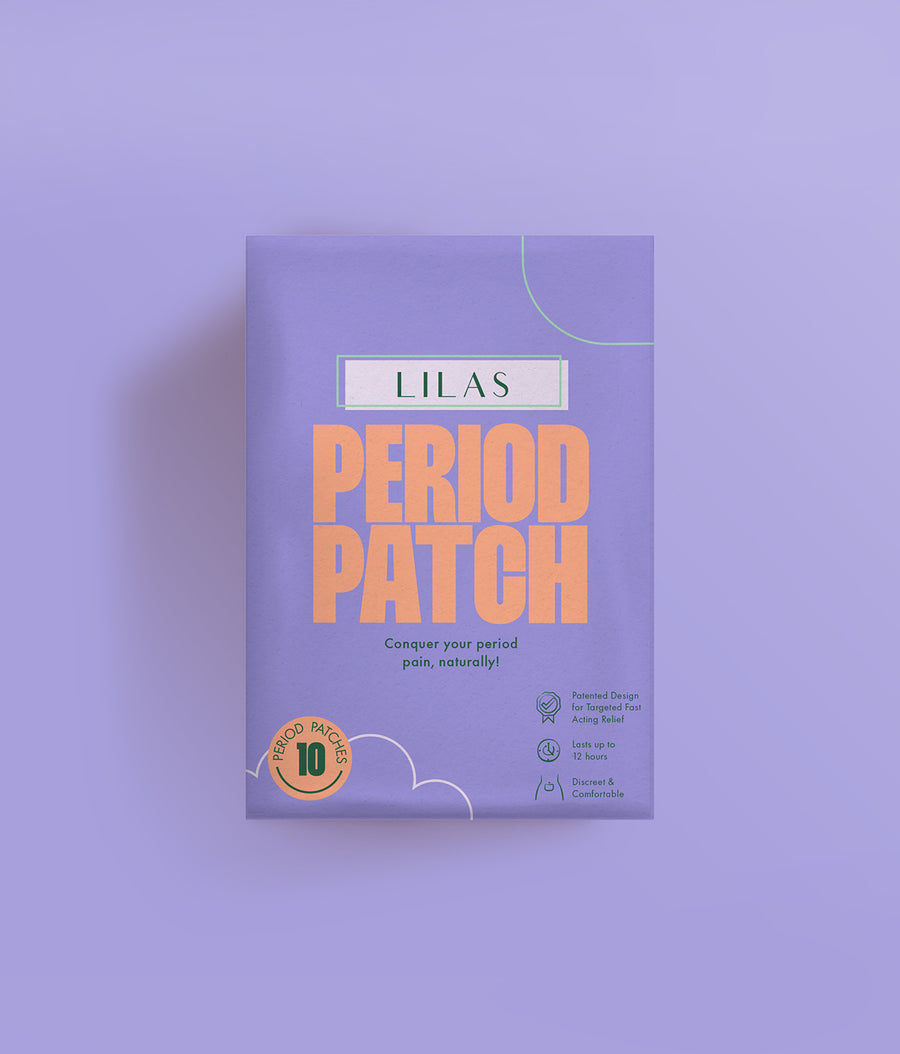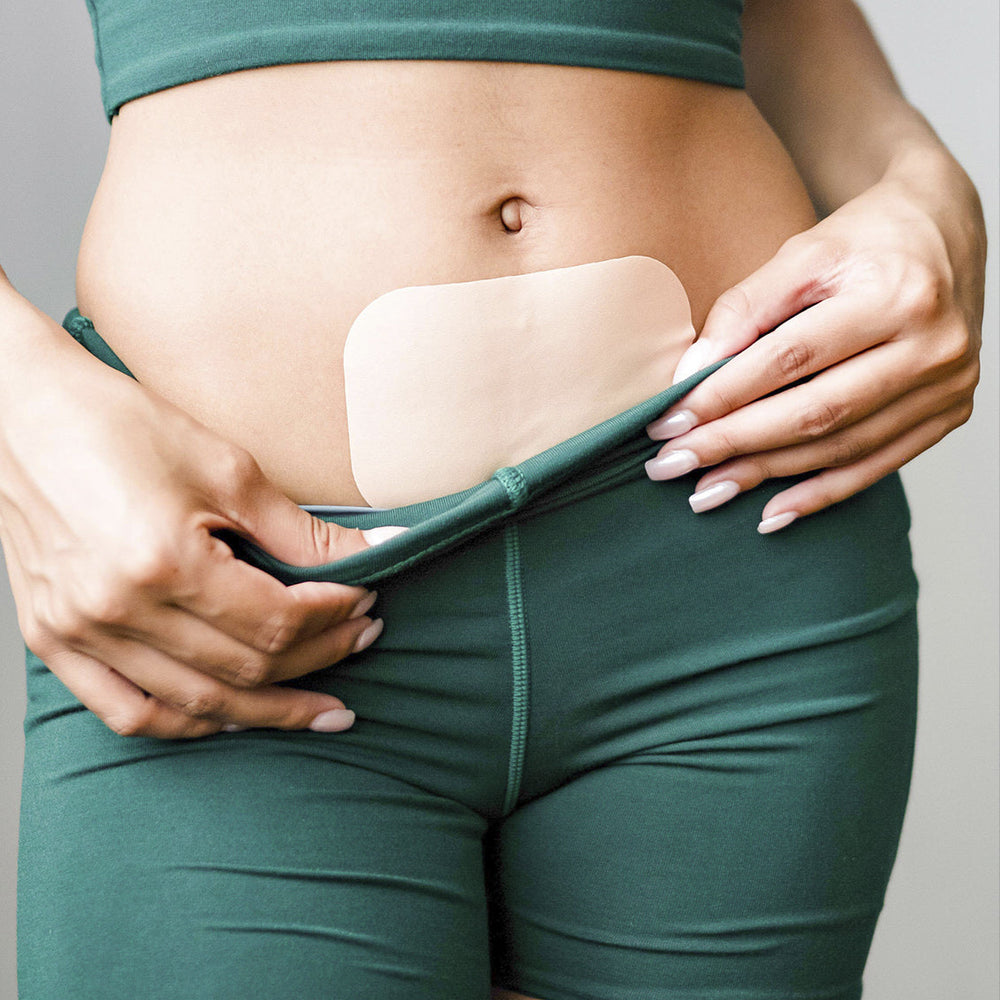The Pink Tax in Context
The “pink tax” is a colloquial way to refer to an unfortunate reality: It quite literally costs more to be a woman than it does to be a man when purchasing the same types of products. Though it is an insidious and pervasive part of the current marketplace, the pink tax is not necessarily common knowledge. Admittedly, I hadn’t even heard of it until it was mentioned in a shaving cream commercial a couple months ago. Once it was brought to my attention, I started to see the pink tax everywhere. The same product would cost dollars more just because it was pink or purple and presumably marketed to women. The pink tax is not only problematic in principle, but rather it has painfully tangible economic repercussions. The statistics and math behind the pink tax best portray how this marketplace practice perpetuates systemic inequity.
According to a 2015 study conducted by the New York City Department of Consumer Affairs, on average, women pay 7% more for “feminized” versions of products also sold to boys and men. The study also found that the vast majority of the time, retailers could not justify these pricing differences with non-gendered language. Perhaps it would have made sense for products marketed to women to cost more if there were demonstrated differences in material quality or functionality. But more often than not, feminized products tend to have less material than their generic or “masculinized” counterparts. Bearing that in mind, wouldn’t it make more sense for women’s products to cost less? There are too many instances where it seems that the price tag is just heavily weighted by pink packaging.
Furthermore, as indicated in a Money Check article synthesizing the NYC study data, the percentage increase of everyday product costs results in women spending an additional $1,351 a year, which boils down to roughly $3 more per day! To put that into perspective, I wanted to see how these frightening numbers impacted spending for me and my family:
- Using the Ax the Pink Tax Calculator, assuming that I only used feminized versions of products, my parents and I have spent an additional $30,174 over the course of my lifetime.
- To emphasize this point, I also calculated how much it has cost for me and my two sisters combined. Apparently, if my parents had four boys instead of three girls and one boy, my family could have saved $85, 081.
- And finally, I used the calculator to determine the estimated amount of additional money spent on all the women in my household through their lifetimes, which also includes my mom and my nanna. Combined, the women of my household have spent $245,178 total in pink tax!
These are absolutely ridiculous and hefty prices to pay for pink and purple versions of basic things.
We as consumers need to be cognizant of how performative societal narratives of gender are maintaining financial disparities. As a brief word of advice, buy the generic or masculinized versions of things as often as you can. More often than not, doing so will not diminish the quality or functionality of the item, just its price tag and supposed “aesthetic.” Suffice to say, the patriarchy is costly in more ways than one. Things like the pink tax, particularly on health and wellness products, are making it more difficult for women to effectively manage their health. To confront and neutralize this trend, it's important for women to be in positions of leadership in the industry so that they can help ensure equality. We all can also collectively begin to upend the patriarchal status quo in the small purchase decisions we make every day. Besides, pink is an overrated color anyway.


Leave a comment